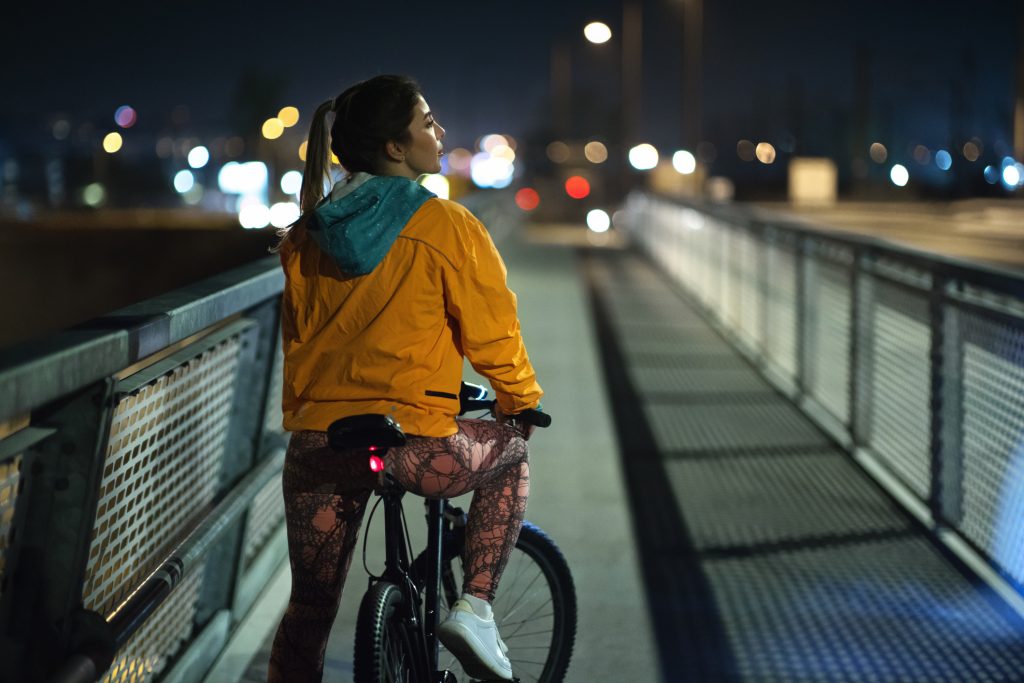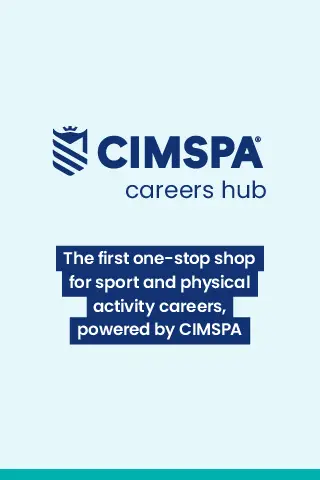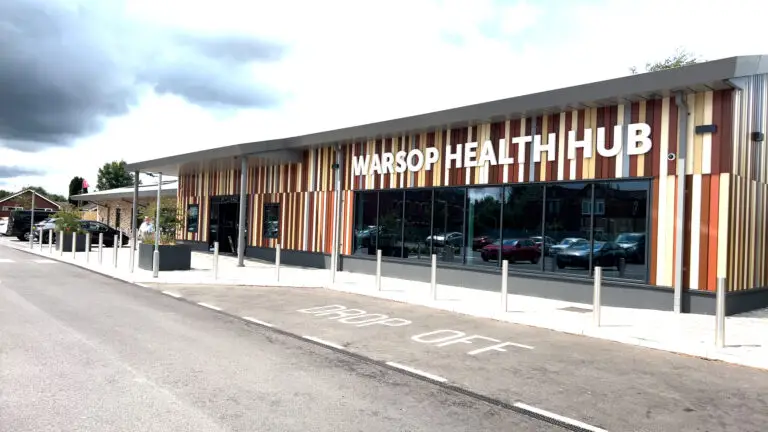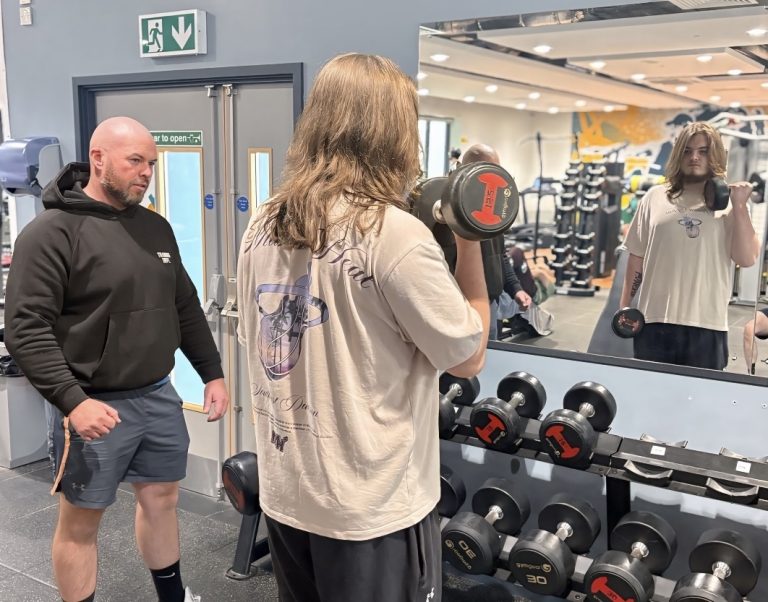Brighter days ahead
While the dark nights of autumn prove a barrier keeping many women from exercising, work is being done to create safe spaces year round

With the darker nights drawing in, most of us feel like staying cosy indoors. There’s no doubt that the cold and higher chance of rain play a part in that, but for the majority of women, getting about and exercising during the darker months is a very real safety concern.
Almost three-quarters of women in the UK report changing their outdoor activity routines during winter, with safety precautions taken including ensuring a well-lit route, glancing behind them and even avoiding certain areas all together.
This isn’t just limited to running routes, either – consider those who walk or get public transport to their local gym or sports club. Getting to and from these safe locations in the dark can prove difficult, for those participating as well as women who work there.
While these additional obstacles limit the exercise of some, others don’t feel safe enough to go out at all.
A local example of a national challenge
Take Liverpool, for example.
Only 56% of women in the region are physically active for the recommended 150 minutes each week, while 65% of men manage to hit the target. This gap has widened since the pandemic, clearly highlighting that women require further support to gain equitable access to active wellbeing.
So, what can we do about this hidden form of gender disparity?
Merseyside Sport Partnership are on a mission to change the situation in the region. We spoke to Justine Blomeley, CEO of the Active Partnership, to explore how the Liverpool City Region is reacting this national issue in terms of their locality:
“There is an element of women feeling unsafe, increased by the rising violence against women. We need to redress that balance, because ultimately, if women feel safe then young people will feel safe and men will feel safer too and it’s a better system for all of us.”
According to a survey by the region’s police and crime commissioner, 54% of women felt unsafe using public transport in the Liverpool City Region at night and 80% said that poor or no street lighting contributed to feeling unsafe.
This clearly correlates with Sport England’s Active Lives Survey data, which shows that 31% of women in the Liverpool City Region are inactive, compared to just 25% of men.
With this picture of women feeling insecure about being out and about within their local area and as a result missing out on physical activity, the sport partnership could see that this was taking a toll on more than fitness levels:
“There is a gap, and we know that that gap needs addressing. Lack of physical activity affects people’s health, and that in turn affects the economy due the number of people not in work because of health conditions. Because this is a systemic issue, we need to ensure systemic change, and we are working to ensure strategy support for a whole-system approach,” says Justine.
Working with people on the ground
When speaking of how they intend to carry out this work, Justine described the multi-level action required:
“We’ve used the Liverpool City Region Sport and Physical Activity Sector Local Skills Plan to focus in on how we start to remove the barriers for women. Once we’ve got that strategic buy in at the top, it’s important for us to work together with people on the ground across our six areas within the region.”
Approaching a such a widespread challenge on a localised level means creating a myriad of solutions rather than just one. It might seem intimidating to start with, but Justine explains how they aren’t starting from scratch:
“Each neighbourhood is very different, with varying geographies and communities operating in different ways. One of the things we will look at is community groups that are already trusted by women and where they go naturally already, as well as talking to the people who are currently engaging with women in a positive way. This will help us to work out how we reach people that are inactive.
“Are we offering the right time slots to reach women who have concerns about safety in the dark or who have childcare responsibilities? How are people getting to spaces for sport and physical activity and can we make that more accessible?”
As highlighted in the local skills plan, another aspect of changing how women access physical activity is working with the sector workforce and organisations:
A local skills focus
In the region’s local skills plan for the sector, the local skills accountability board have chosen to place a clear focus on supporting women in sport and physical activity. As the plan centres around workforce, the board intends to take a number of actions to support the development of female professionals able to act as role models and provide key insight to support women to participate:
- Engage with the current Liverpool City Region female sport and physical activity workforce to understand their experiences, including what support they received early in their careers and what is needed now to help them stay, progress and thrive.
- Explore whether girls in local schools, colleges and universities see sport and physical activity as a viable career path. What are their perceptions of the sector, and what educational inequalities might already be limiting their opportunities?
- Consider the role of men as allies and whether interventions like Active Bystander training can help foster safer, more supportive environments.
- Investigate how safe commuting for education, training and work – especially outside the traditional 9–5 schedule – fits into the solution.
“We need to consider whether our spaces are right for women, and whether the programmes that we’re running are appropriate. The biggest challenge and opportunity in this next phase is getting outside of traditional leisure centres and the stereotypical tracksuit and connecting with people who find it intimidating to cross that threshold. The environment is alien to a lot of people, so asking them to venture into streets where they don’t feel safe to come into another space where they’re not comfortable is a challenge. We need to be able to reach inactive people in a way that suits their needs,” says Justine.
“We also know that without women in senior roles [in the sector], you’re not shifting culture. We need women’s voices in the room to explain why women aren’t participating and what they need. We’ve got a commitment to change that, from shifting policy and board diversity to acting as a role model and getting other organisations and bodies to improve.”
Collaboration and future plans
Merseyside Sport Partnership works closely with colleagues in Greater Manchester, who have launched a piece of work called Right to the Streets. The campaign focuses on the creation of healthy, active places where everyone, including women and girls, feel safe and welcome.
One of initiatives delivered is installing additional lighting along travel routes. Having seen that this might also benefit residents in Liverpool, the partnership has collaborated with the active travel team within the Liverpool City Region Combined Authority to explore how this can be delivered across areas of the city in need of safer pedestrian routes.
Mayors of both regions have united in signing the IWG Women and Sport’s Brighton plus Helsinki Declaration, which is a global framework dedicated to advancing gender equality in sport and physical activity. As the first place-based signatories to the declaration, Liverpool and Manchester are pioneering a localised approach to gender equality in this space.
The darker months expose a hidden barrier to women’s participation in physical activity that goes beyond weather: it’s about safety, access and who feels welcome in active spaces. The Liverpool City Region’s localised response shows how top-level changes, community insight, workforce development and partnerships can combine to create safer, more accessible routes into activity for women and girls.
For more regions and individual organisations to begin rolling out effective change, it’s important to focus on the essentials:
- Prioritise safety: increase lighting on travel routes and around hubs, and ensure transport options are accessible.
- Design for inclusion: programmes, times and venues need to be shaped by women’s lived experience and led by diverse voices.
- Work locally and systemically: look at what works for individual neighbourhoods while embedding change at a strategic level.
Tackling this challenge is achievable and already in progress. With focused collaboration and commitment to understanding women’s needs, the widespread benefits of physical activity can be delivered to everyone, all year round.








